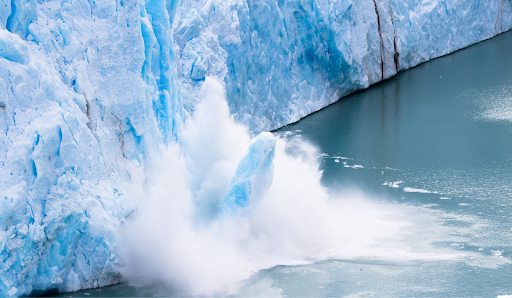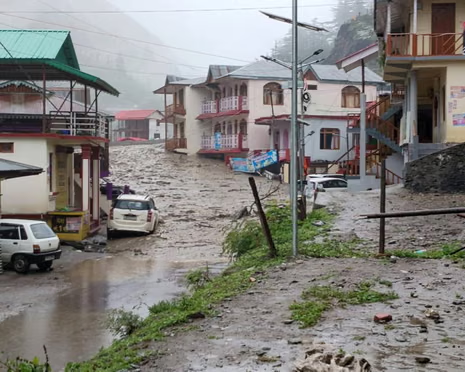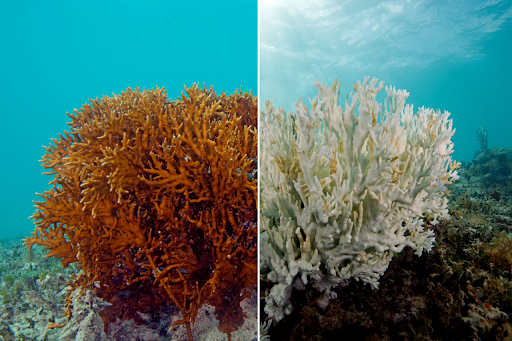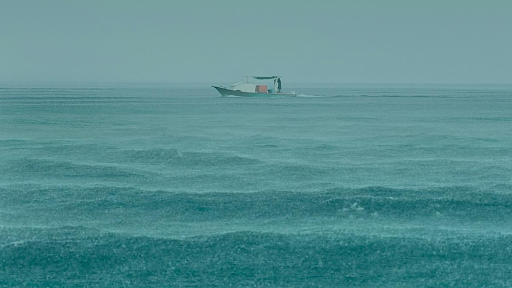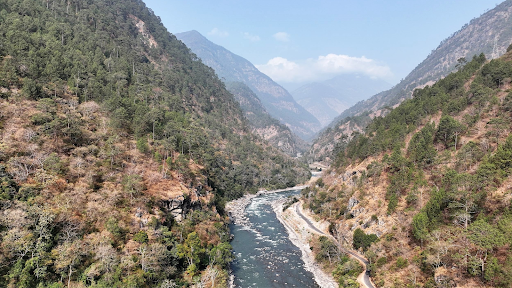Description
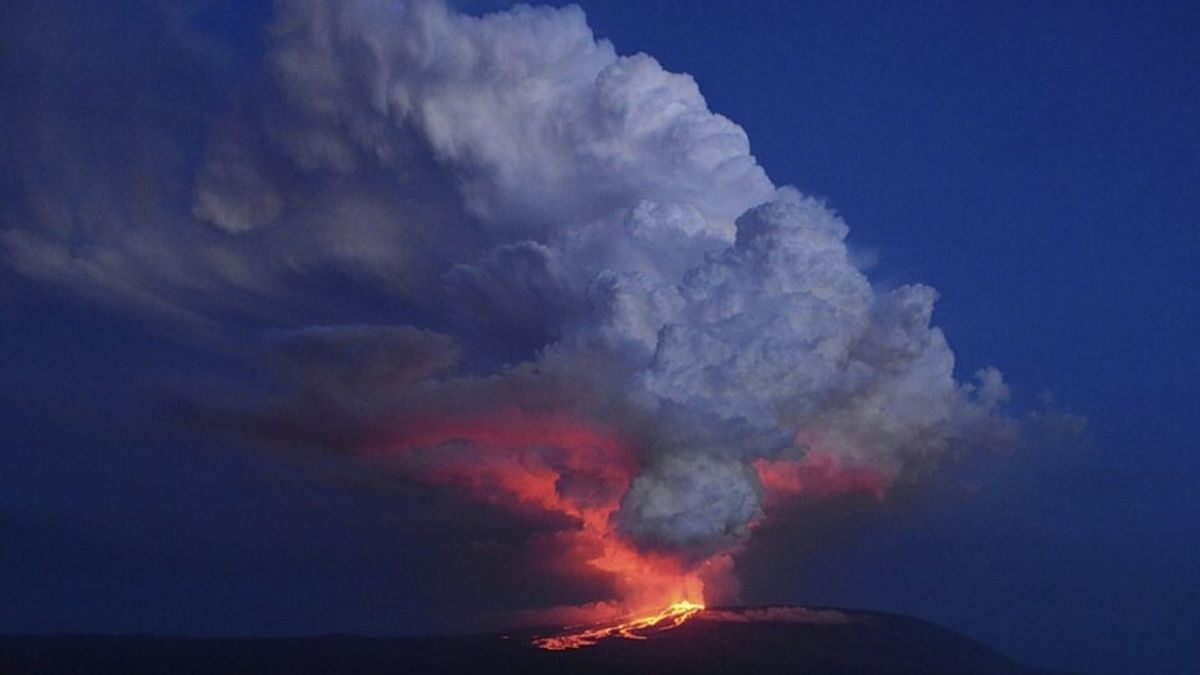
Copyright infringement not intended
Picture Courtesy: https://medriva.com/news/environmental-health-news/fiery-spectacle-in-the-galapagos-la-cumbre-volcano-erupts-on-fernandina-island
Context: The continuing eruption of the La Cumbre volcano on Fernandina Island in the Galápagos Islands has serious consequences on the region's ecosystem and animals.
Key Highlights
- The La Cumbre volcano is located on Fernandina Island in the Galápagos Islands, and is approximately 1,125 kilometres off mainland Ecuador.
- Fernandina Island is recognised for its high volcanic activity and absence of human habitation.
- Fernandina Island is home to a huge population of rare land iguanas. These land iguanas nest and deposit eggs on the volcano's rim as well as in its crater or caldera.
- The continuous lava flow has destroyed the island's indigenous vegetation, which serves as a home and food source for land iguanas.
- Researchers express concerns that as the lava flows into the ocean, it could potentially harm marine life in the surrounding waters.
About Galápagos land iguana
- The Galápagos land iguana is a unique species endemic to the Galápagos Islands, Ecuador.
- They belong to the genus Conolophus and is one of three species within this genus, alongside the Galápagos pink land iguana and the Santa Fe land iguana.
- They are endemic to several Galápagos Islands, inhabiting the dry lowlands of Fernandina, Isabela, Santa Cruz, North Seymour, Baltra, and South Plaza.
- They are among the largest lizards globally, reaching lengths of up to 1.5 meters and weighing up to 13 kilograms.
- They are primarily herbivorous, relying heavily on prickly-pear cactus as a water and food source. It also consumes other vegetation like flowers, pads, and fruits, supplementing with insects, centipedes, and carrion opportunistically.
- They are adapted to conserve body heat by basking on volcanic rocks during the day and sleeping in burrows at night.
- Their mating season varies across islands, with females nesting in sandy areas and laying 2–20 eggs in burrows.
- They are currently listed as Vulnerable by the IUCN due to threats like habitat loss, invasive species, and past exploitation.
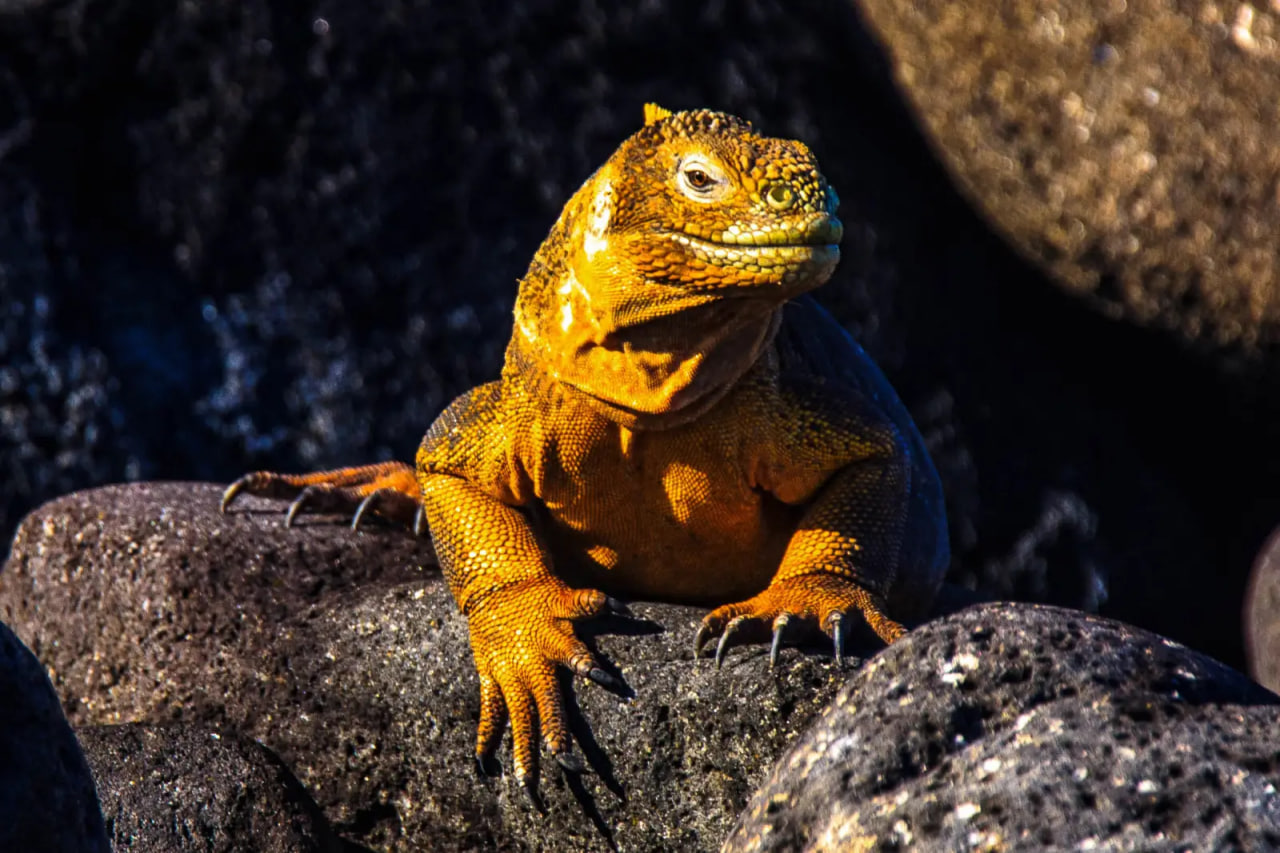
About Galápagos Islands
- Situated in the Eastern Pacific Ocean on the equator, the Galápagos Islands form part of the Galápagos Province of Ecuador.
- The islands are renowned for their high number of endemic species, which were famously studied by Charles Darwin during his voyage on the HMS Beagle in the 1830s. Darwin's observations of unique species on the islands contributed significantly to his theory of evolution by natural selection.
- The Galápagos Islands are of volcanic origin, with continuous volcanic activity for over 20 million years. Notable volcanoes on the islands include Sierra Negra on Isabela Island, Fernandina, Wolf, Darwin, and others, which have exhibited recent eruptive activity.
- The islands are protected as part of Ecuador's Galápagos National Park and Marine Reserve, established to conserve the unique biodiversity of the region.
- The islands are predominantly covered in semi-desert vegetation like shrublands, grasslands, and dry forests. Higher elevations host humid-climate forests, shrublands, and montane grasslands.
- The Galápagos Islands are famous for their unique endemic species, such as giant tortoises, finches, flightless cormorants, marine iguanas, and lava lizards, which have evolved to adapt to the island environments.
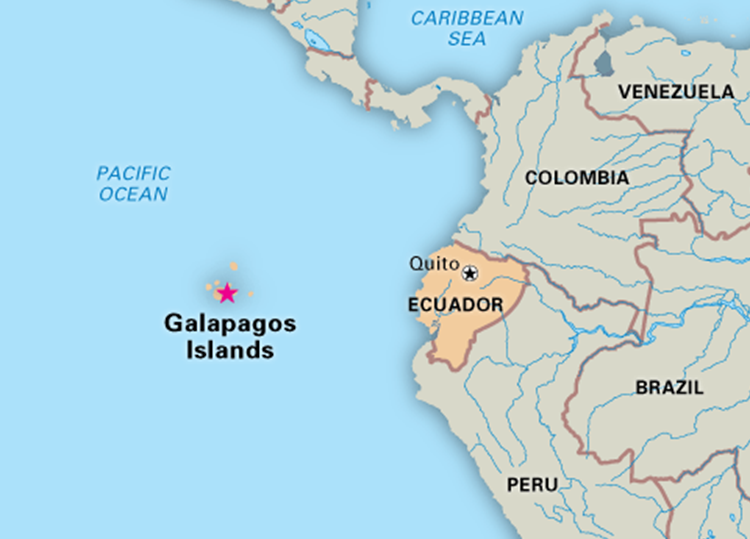
Source:
Wionews
Wikipedia
Wikipedia
|
PRACTICE QUESTION
Q. Consider the following statements with connection to the Galápagos land iguana:
1. The Galápagos land iguana is a unique species endemic to the Galápagos Islands, Ecuador.
2. They are among the world's largest lizards, with lengths of up to 1.5 meters and weights of up to 13 kilograms.
3. They are mostly herbivores, relying significantly on prickly pear cactus for water and food.
4. They are adapted to conserve body heat by basking on volcanic rocks during the day and sleeping in burrows at night.
5. They are currently classified as Critically endangered by the IUCN due to concerns such as habitat degradation, invasive species, and past exploitation.
How many of the above statements are correct?
A) Only two
B) Only three
C) Only four
D) All five
Answer: C
|










